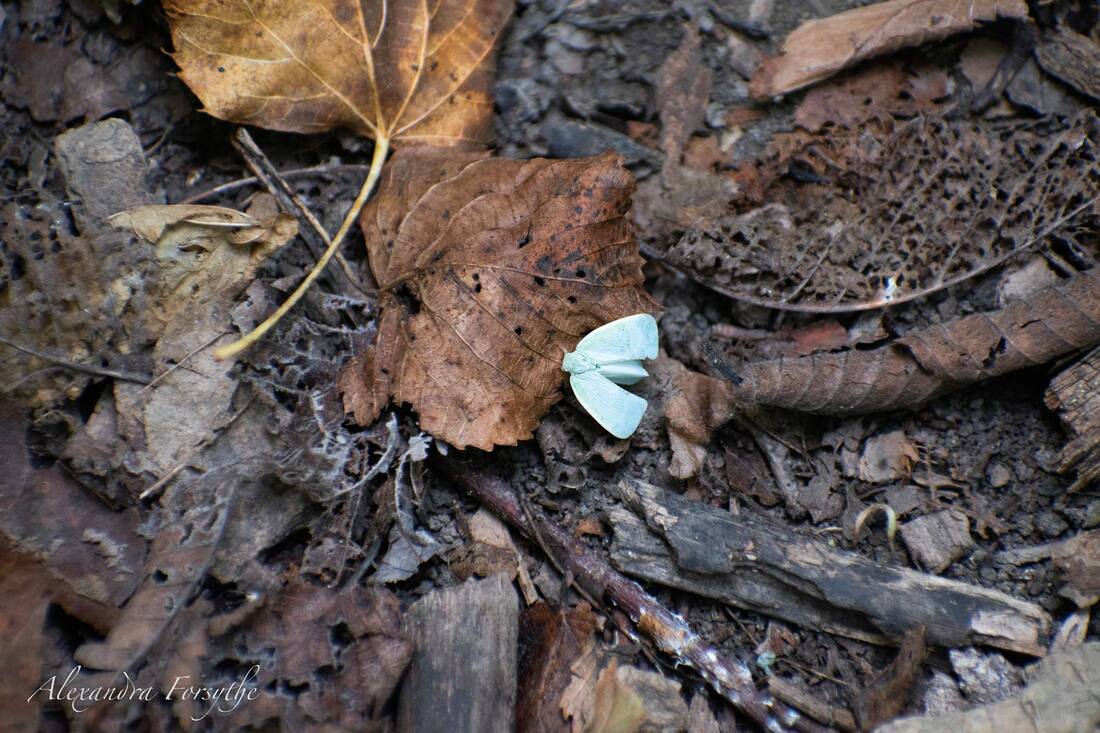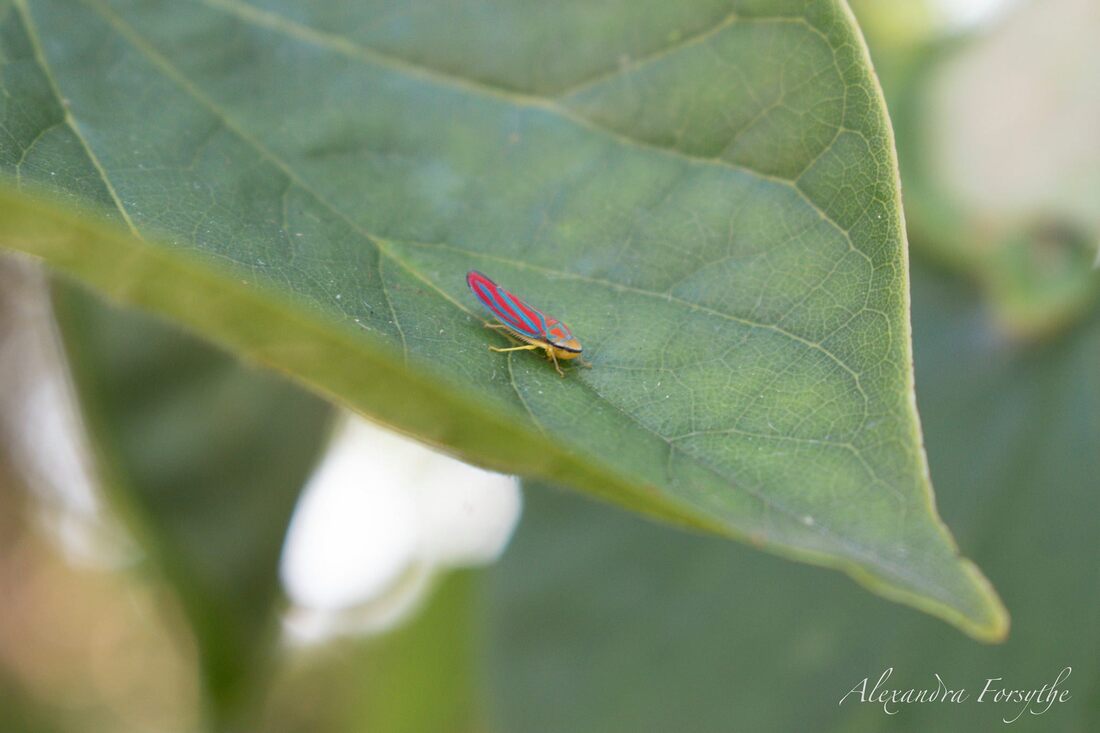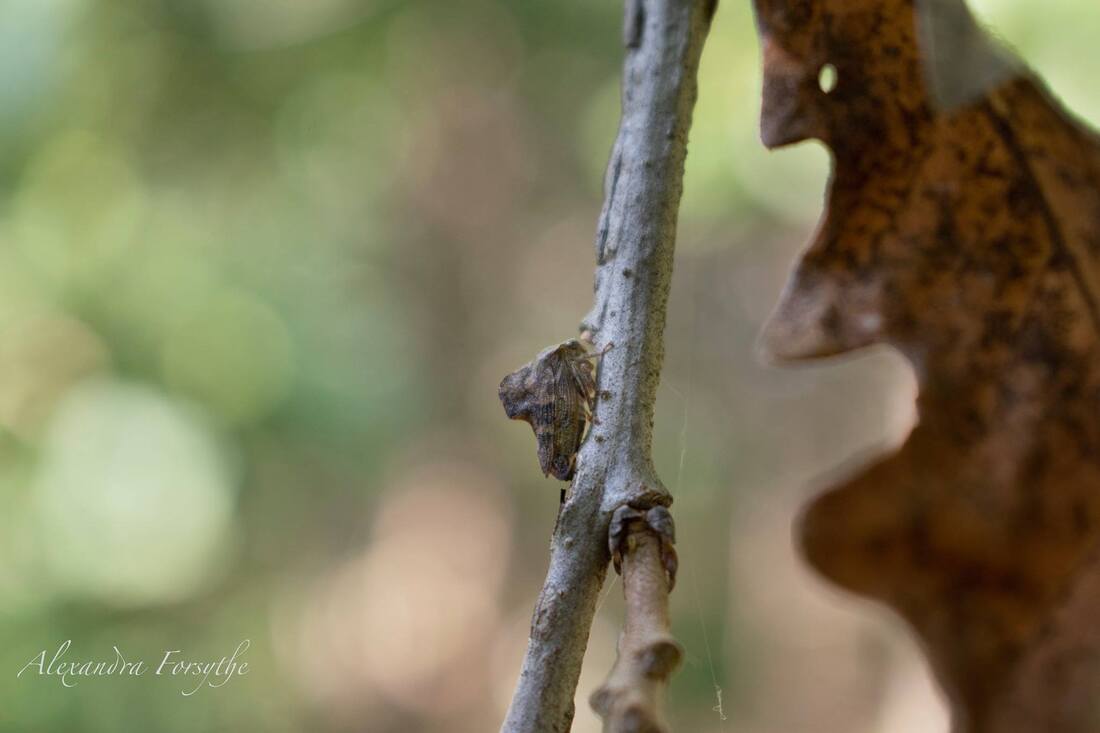What do insect poo and solar energy have in common? I present to you the humble leafhopper - the insect that is inspiring engineers for its ability to protect itself from its own poo. Say, what?! Stay with me, folks. This is exciting stuff!
Any maple syrup lovers out there? The bottle cap gets glued on and the rest of the bottle gets sticky if you don't clean off the bottle, right? Imagine if your excrement was that same consistency and you didn't have a way to clean yourself. No, on second thought let's not imagine that!
Leafhoppers (family Cicadellidae) eat the sap from plants. As a result, their excrement is very sticky. To make sure they aren't glued to a leaf by their own waste or stuck in a straightjacket made of poo, they produce brochosomes and spread them all over their bodies. Brochosomes resemble soccer balls (or buckyballs for all my fellow geeks out there who are still gleeful about the discovery of buckyballs in space). You could fit a few hundred brochosomes in the width of a hair. They're made in a special gland in the leafhopper, and the insect uses its legs to spread billions of them all over its body. The brochosomes are the ideal nonstick surface; they work so well that a water drop that lands on the insect will maintain a near-perfect spherical shape and not flatten at the point of contact.
Scientists have been studying brochosomes and they have begun simulating them in the lab. They are interested in not only the nonstick characteristics, but also the optical or antireflective properties. They believe manmade brochosomes might be applied in solar energy harvesting, imaging, and sensing devices.
Someday, you might be using equipment with advanced sensors while sitting in a room lit by more efficient solar energy, and it will all be because an insect had to protect itself from its own sticky poo. You're welcome.
p.s. There are 20,000 types of leafhopper, and as you can see, they vary in appearance. More interestingly, scientists believe that the different leafhoppers may also differ in their brochosomes; they may have varied structural geometries with more fascinating properties. That means there may be more Sunday Squee write-ups like this from me in the future. Aren't you thrilled? No? Huh. Yeah, I'll show myself out. 😆
Any maple syrup lovers out there? The bottle cap gets glued on and the rest of the bottle gets sticky if you don't clean off the bottle, right? Imagine if your excrement was that same consistency and you didn't have a way to clean yourself. No, on second thought let's not imagine that!
Leafhoppers (family Cicadellidae) eat the sap from plants. As a result, their excrement is very sticky. To make sure they aren't glued to a leaf by their own waste or stuck in a straightjacket made of poo, they produce brochosomes and spread them all over their bodies. Brochosomes resemble soccer balls (or buckyballs for all my fellow geeks out there who are still gleeful about the discovery of buckyballs in space). You could fit a few hundred brochosomes in the width of a hair. They're made in a special gland in the leafhopper, and the insect uses its legs to spread billions of them all over its body. The brochosomes are the ideal nonstick surface; they work so well that a water drop that lands on the insect will maintain a near-perfect spherical shape and not flatten at the point of contact.
Scientists have been studying brochosomes and they have begun simulating them in the lab. They are interested in not only the nonstick characteristics, but also the optical or antireflective properties. They believe manmade brochosomes might be applied in solar energy harvesting, imaging, and sensing devices.
Someday, you might be using equipment with advanced sensors while sitting in a room lit by more efficient solar energy, and it will all be because an insect had to protect itself from its own sticky poo. You're welcome.
p.s. There are 20,000 types of leafhopper, and as you can see, they vary in appearance. More interestingly, scientists believe that the different leafhoppers may also differ in their brochosomes; they may have varied structural geometries with more fascinating properties. That means there may be more Sunday Squee write-ups like this from me in the future. Aren't you thrilled? No? Huh. Yeah, I'll show myself out. 😆





